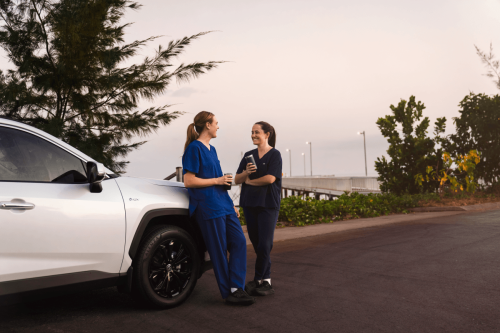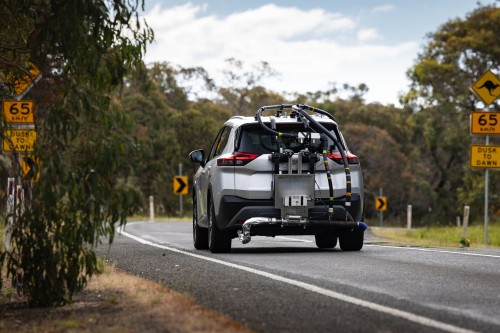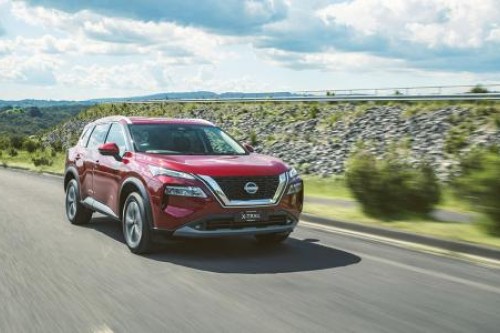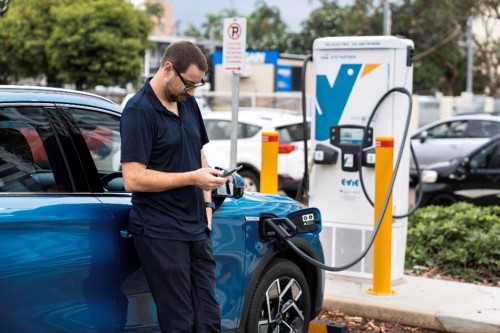
The basics of novated leasing
Novated leasing is one of those things that sounds more complicated than it is. But once you get your head around it, it can be a smart way to buy a car and reduce your costs.
We’re breaking down some of the common questions so you can understand how it works and whether it’s right for you.
What’s a novated lease?
A novated lease is a way to finance a car through a salary packaging arrangement with your employer. Your lease and running costs are paid through a combination of pre-tax and post-tax salary deductions. This helps reduce your taxable income, meaning you could pay less tax overall.
If you choose an eligible electric vehicle (EV), you may be able to make the full amount of your repayments from your pre-tax salary. For all other vehicles, the payments are typically a mix of pre- and post-tax deductions.
The big benefit is simplicity. You can bundle up costs like fuel, rego, insurance and servicing into one regular payment, making budgeting easier.
See your
potential savings
Explore
vehicle deals
Common questions about novated leasing
- Do I actually own the car?
Technically, during the lease the financier is the legal owner of the vehicle. However, you are recorded as the registered owner, and the vehicle is insured in your name.
At the end of the lease term, you have the option to purchase the car outright by paying the agreed residual value. If the market value of your car is higher than the residual, you keep the difference, tax free.
- What’s a residual value?
The residual value is what your car is expected to be worth at the end of your lease. This amount is agreed at the beginning of your lease and helps lower your regular repayments.
- What happens if I sell the car?
If you sell the car for more than the residual value, you keep the extra. For example, if the residual is $11,000 and you sell it for $14,000, you keep the $3,000, tax-free.
If you sell it for less than the residual, you will need to cover the difference. Choosing a car with strong resale value and maintaining it well can reduce that risk.- What are my options at the end of the lease?
You’ve got a few choices, depending on your situation:
- Buy the car by paying the residual value. The car is already in your name, and there’s no stamp duty to pay.
- Trade it in for a new vehicle. The dealer pays out the residual value and any extra comes to you.
- Sell it privately and pay out the residual from the sale. If you make a profit, it’s yours to keep. If there’s a shortfall, you’ll need to cover it.
- Refinance the lease and continue driving the same car with a new lease term.






